Binary code is as easy as 01, 10, 11.
Say what?
Binary code is how computers talk and represent information.
Letters, numbers, and pictures…. basically everything you see on the computer (including this post) is made up of different combinations of 0’s and 1’s.
It may seem random to us but binary code is based on a base-two number system which means binary code uses only two numbers, “0” and “1”.
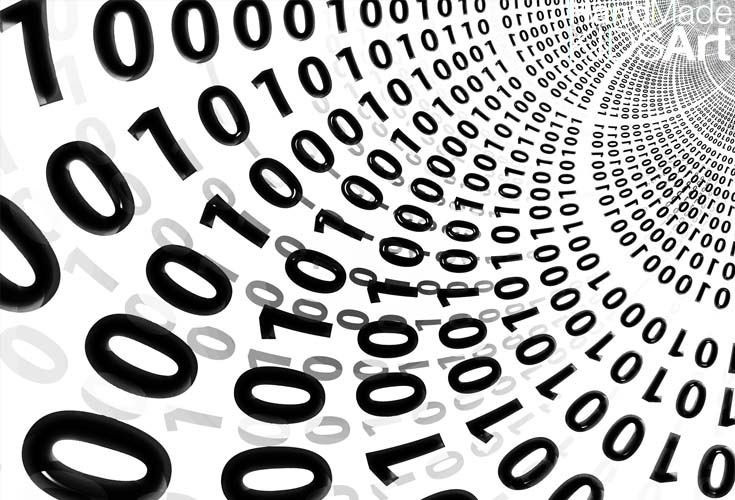
We use a decimal system which is a base ten system. After the number “9” the decimal system starts over with 10.
The binary system works the same way, after “0” and “1” next comes 10.
So the number two in binary code would be “10”
I am not a binary code expert so I like the simple way this website explains how to compute binary code.
I also like this explanation of comparing binary code to a sequence of turning the lights on and off.
Read our tutorial below to learn how to use binary code to represent your birthdate!
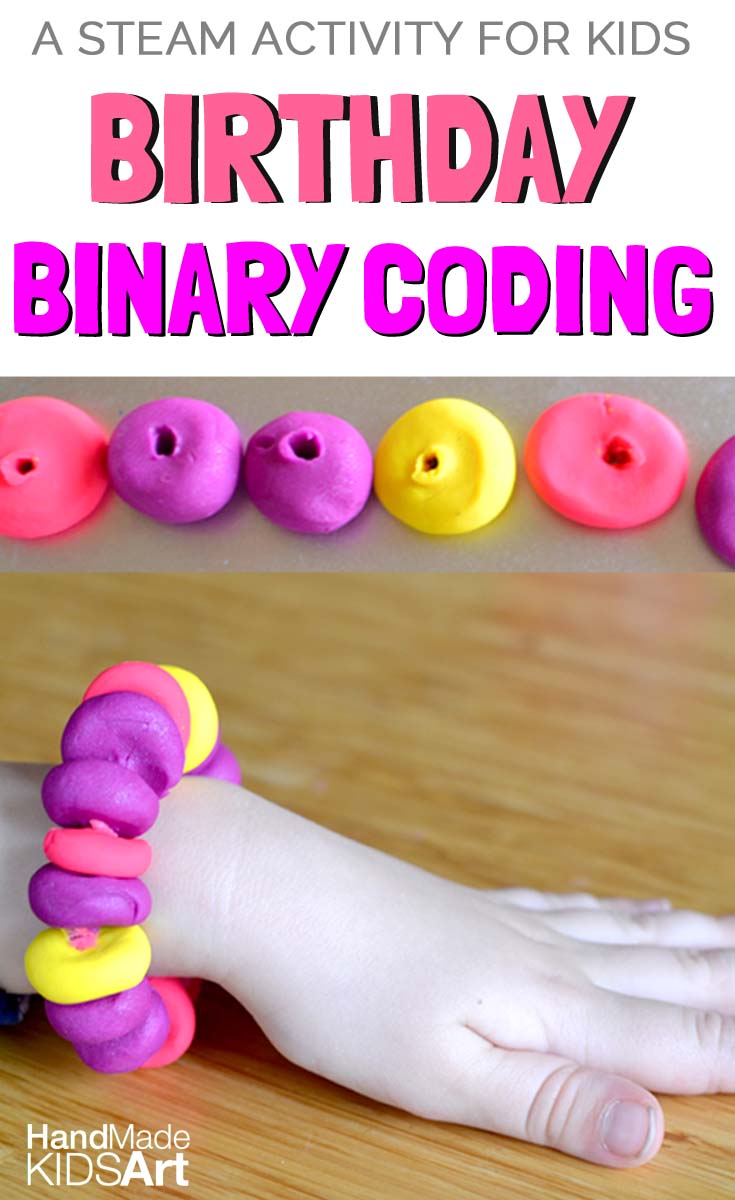
STEAM CHALLENGE FOR KIDS:
Create a customized jewelry accessory that uses binary code to represent your birthday.
Materials: 3 different colors of beads, String (or a pipe cleaner which is what we used).
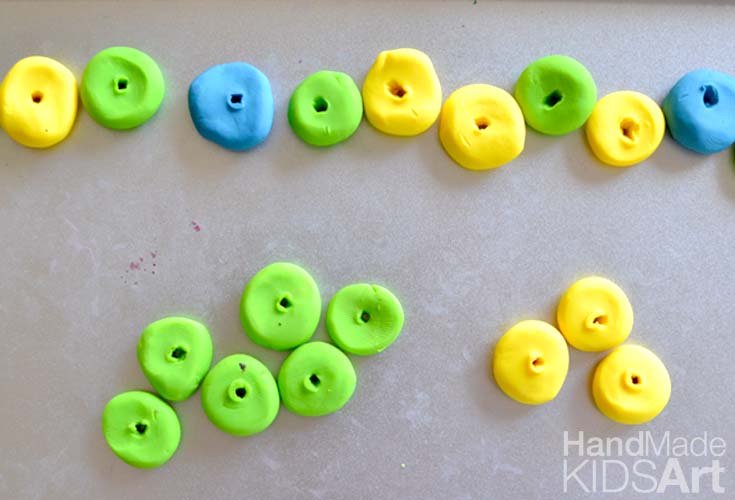
Pony beads would work well for this activity. We happened to have leftover clay so we made our own beads.
Step 1: First write your birthday in number format.
If you were born on January 10, 2015, it would look like, 1/10/15.
For example, 1/10/15 written in binary code would look like, 01/1010/1111
8 Bit Binary Code: Most computers are written in an 8-bit binary code sequence. For the sake of simplicity, I shortened the binary code sequence below. (Remember, I am working with a 6 and 4-year-old). To change the code to 8-bit add “0” before the number for a total of eight placeholders. For example, “1” would be “00000001”. Download our chart for more examples and a full 8-bit binary code chart.
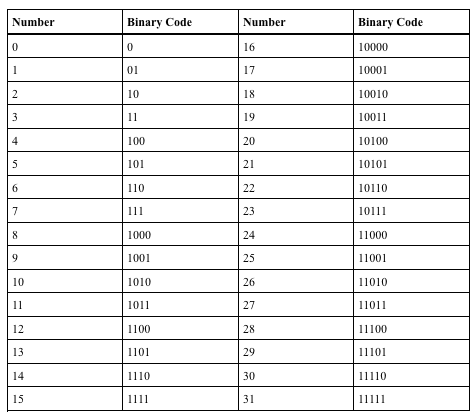 Step 2: Select one color of bead to represent “0” and a second color to represent “1”. Select the third color to represent a space or divide between the numbers.
Step 2: Select one color of bead to represent “0” and a second color to represent “1”. Select the third color to represent a space or divide between the numbers. 
Layout your beads to represent your birthdate in binary code. Use the third color bead to represent a space or break in your number sequence. 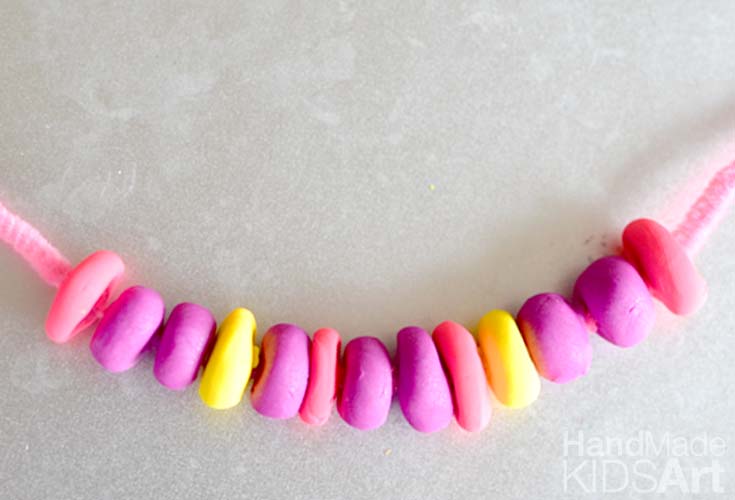
Step 4: String your beads. Continue to add your beads representing one color for “0” and one color for “1” for each number of your birthday date.
Design Tip: Tie a knot around one bead onto the end of the string to keep the beads from sliding off while making your bracelet.

Step 5: Tie the two ends together creating a wearable bracelet (or “man-band” as my son likes to say). 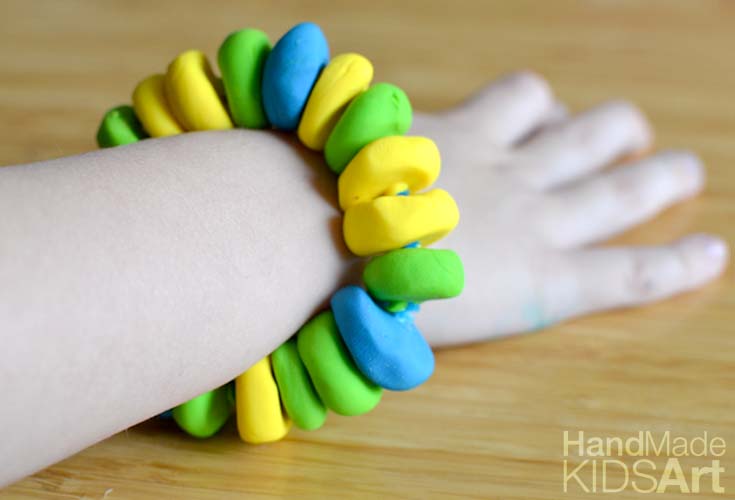
In the end, Lil B preferred his to be a zipper pull on his backpack.
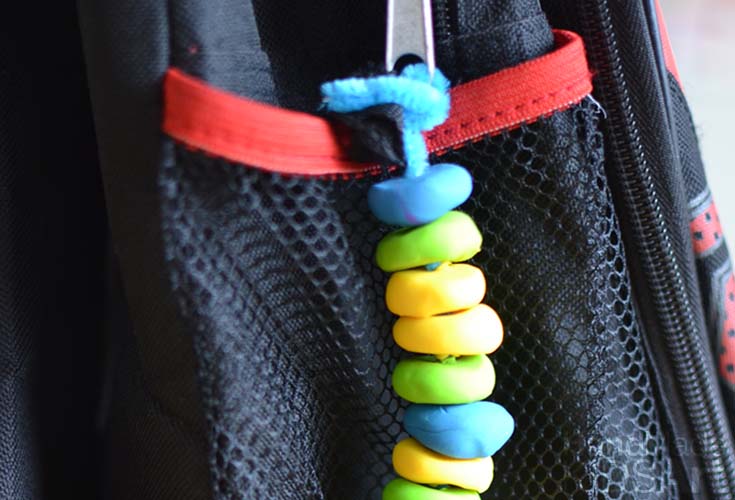
Once you have cracked the code the custom accessory possibilities are endless.
Binary code…it’s easy as 01, 11, 10.
This post is part of the 28 Days of Hands-On STEM hosted by Left Brain Craft Brain.
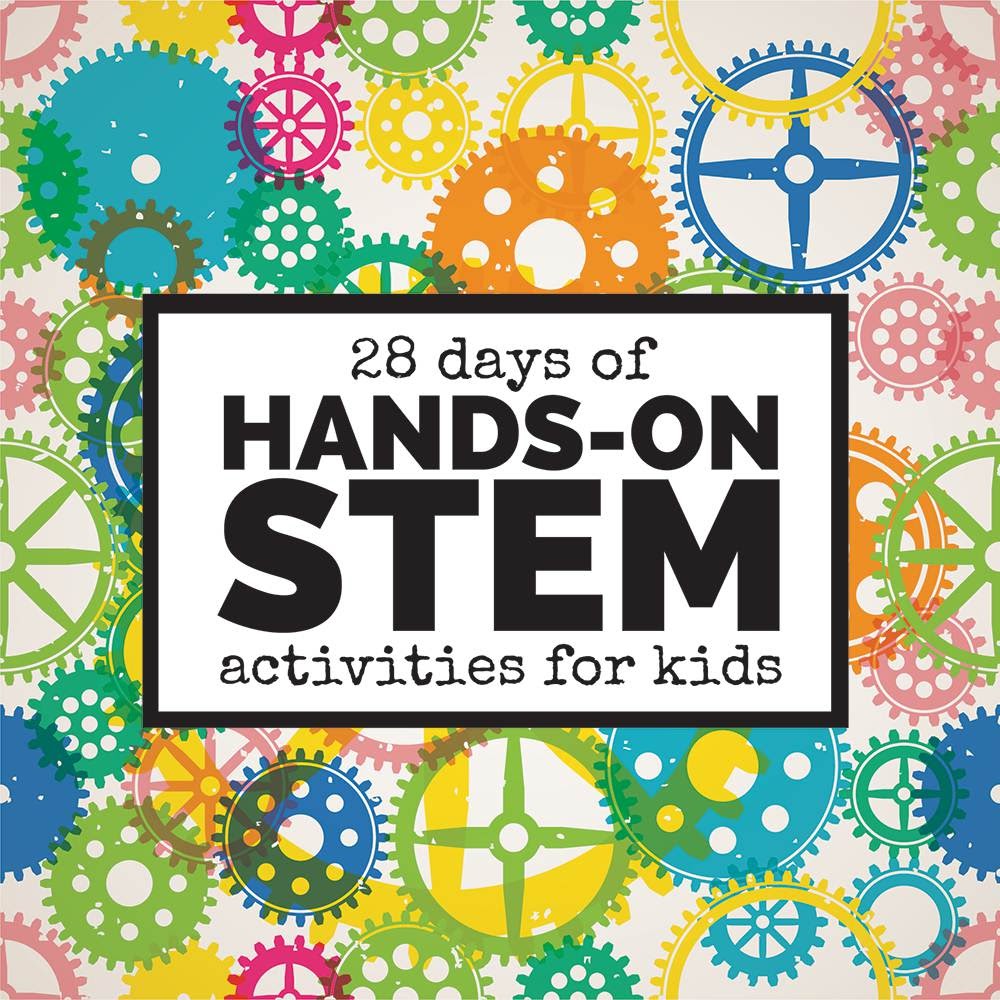
Leave a Reply